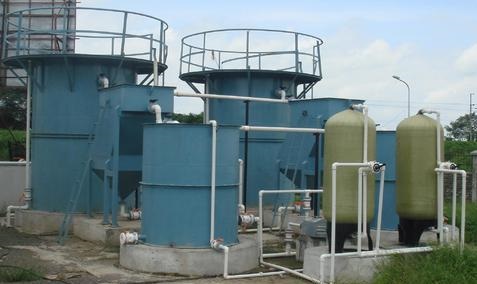Sewage can be treated close to where it is created (in septic tanks and their associated drain fields or sewage treatment plants) or collected and transported via a network of pipes and pump stations to a municipal treatment plant. The former system is gaining popularity for many new ECO towns, as 60% of the cost of mains sewerage is in the pipework to transport it to a central location and it is not sustainable. It is called ‘Decentralization’ of sewage treatment systems. STP Manufacturers In Surendranagar, Gujarat, India
The job of designing and constructing sewage works falls to environmental engineers. They use a variety of engineered and natural systems to meet the required treatment level, using physical, chemical, biological, and sludge treatment methods.
The result is cleaned sewage water and sludge, both of which should be suitable for discharge or reuse back into the environment. Sludge, however, is often inadvertently contaminated with many toxic organic and inorganic compounds and diseases and the debate is raging over the safety issues. Some pathogens, for example, ‘Prion’ diseases (CJD or ‘Mad Cow Disease is a Prion disease) cannot be destroyed by the treatment process.


